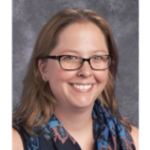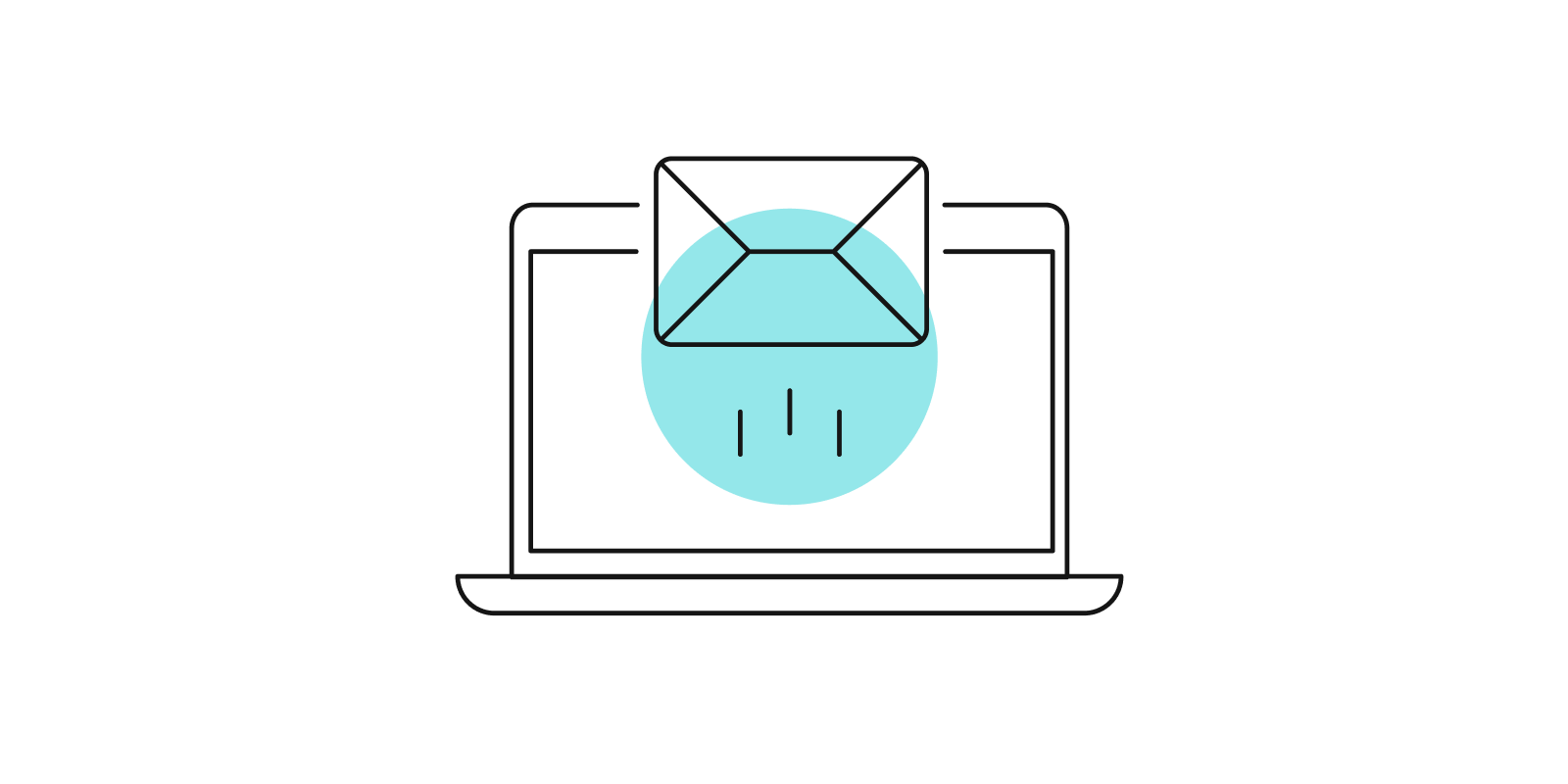
Social justice in the physical science classroom

“Ugh, when am I ever going to use this?” As an educator, how many times have you heard that question? We are living in a time of change. Changes in education, policy, standards and culture are just a few that we’re all struggling through. I enjoy incorporating current news in my lectures and weaving in my students’ everyday life experiences with what I teach. How can we, as educators, help students make new schema and fit it together with their current world view?
It seems now, more than in the past, these news items carry more weight. If you haven’t taken a close look at your curricular choices lately, it’s worth a revisit.
Personally, I don’t care if my students become chemistry majors. What I do care about is creating students who have a wider world view and can approach problems with a critical mind to make the world a better place. Before tackling social justice topics in the classroom, however, I need to ensure the proper foundation is in place.
The foundation
I haven’t seen any state or university standards with social justice topics embedded in them, especially for the physical sciences. This means I’m going to have to pick and choose which topics are relevant to my curriculum, and which are appropriate for discussion in my classroom. Before you get started looking at topics, ask yourself these questions:
- Which topics do I feel comfortable serving as an impartial moderator?
- Do I personally have enough background information on this topic to serve as an arbiter of truth?
- Discussion of some topics inevitably leads to frank discussions of topics like privilege, poverty, and inequity. Am I comfortable discussing this with students?
In addition to choosing the right topics for my students, I also need to create a safe learning environment, so my students feel free to discuss a topic from multiple angles without the fear of retribution or judgement. They need to know that their thoughts are valued. Consider the following:
- When discussing famous scientists (or authors, or explorers, or…) is there only one narrative being presented? In science, the books seem to be dominated by old white men. I enjoy discussing why that is, and who the underrepresented are.
- Ask students questions with no correct answer and let them discuss various viewpoints. For example, why do we learn about the history of the atom? How much radiation exposure is acceptable to the average human?
If you think of a question organically while lecturing, pose it to the class. Let them work out the different sides of the issue and take a stand on which they feel is best. As an instructor, I see my role as asking follow-up and probing questions to challenge my students and move dialogue forward.
Finding a topic
We can’t cover everything, so we need to find topics which lend themselves well to subjects already covered in our curriculum. Here are a few examples I’ve used in the past with my chemistry classes:
Flint Water Crisis
- Solubility
- Oxidation/reduction
- Heavy metal toxicity
- Remediation
Testing for Banned Substances in Sports
- Chemical reactions
- False positive rates and their impact on the lives of athletes
- Natural vs. unnatural levels of normally occurring chemicals in the body and who sets the benchmark for what is deemed “illegal”
5G Safety
- Electromagnetic spectrum
- Wave characteristics
- Energy
- How cell phones work
Nuclear Byproducts at Bikini Atoll, Fukushima, and Chernobyl
- Nuclear fission
- Decay products
- Half-life
- Dosage
- Environmental concerns
Microplastics in the Ocean
- Decomposition
- Remediation
- Separation of matter
Clean Water and Sanitation Issues
- Separation of matter
- Decomposition
- Chemical testing
- Engineering and materials design
Your vision
How do you envision leading your students through the analysis of a multifaceted topic? There are many ways to do this as there are topics. Here are a few I personally enjoy:
Group Discussion or Socratic Seminar
Having students prepare ahead of time is critical for an engaging discussion. I generally have my students write out their ideas and thoughts as a homework assignment prior to the discussion so that they have a position developed which is supported in fact.
Mock Trial
Have student take different roles based on their opinions and desires. Have the different sides to the argument present, and ultimately the jurors (other classmates) will make a decision on who made the most compelling case.
Snowball Discussion
Students will form groups in pairs and discuss the issue. After a set amount of time, the pairs will form groups of four and discuss again. After some time, the groups of four will combine into groups of eight and so on until the entire class is one big group.
Writing Prompt
Most Learning Management Systems have a feature that allows for a question to be asked, without students viewing other student responses until they submit. I like this type of framing because limiting student exposure to other ideas will ensure that what they write is truly their position, without the sway of other ideas.
Laboratory Exercise
For some of the topics I mentioned earlier, students can move their ideas into the laboratory to develop cost-efficient ways to solve real-world problems. For example, students can design a field test for water quality, creation of drainage covers that allow for efficient cleaning and reduction of pollution from run-off, or design methods to turn human waste into fertilizer.
Wrap things up in a bow
Once you are done exploring an issue, there should be some sort of resolution. That does not mean that a side needs to be taken, or that something needs to be called “right” or “wrong.” Students inherently always want to know the answer to a question.
“How many covalent bonds are there in one water molecule?”
But some questions don’t have a concrete or finite answer.
“What does the atom look like?”
It’s those questions that are much more difficult. We have a good approximation, but no definite answer. The same can be said of social justice issues. Encourage your students to look at issues from all sides and do their best to understand the perspectives of others. When there are no correct answers, my best hope for my students is to base their conclusions on concrete data and to take the lead in making the world a better place for all.
About the author

Amy Byron
Amy Byron joined Pearson’s Faculty Advisor team in February 2020. She has taught both high school and collegiate teaching experience; she’s become a go-to for her peers for technology help. She has taught a variety of courses within the field and brings a lot of energy and passion to this position. Amy and her family live in Massachusetts, about an hour west of Boston.



